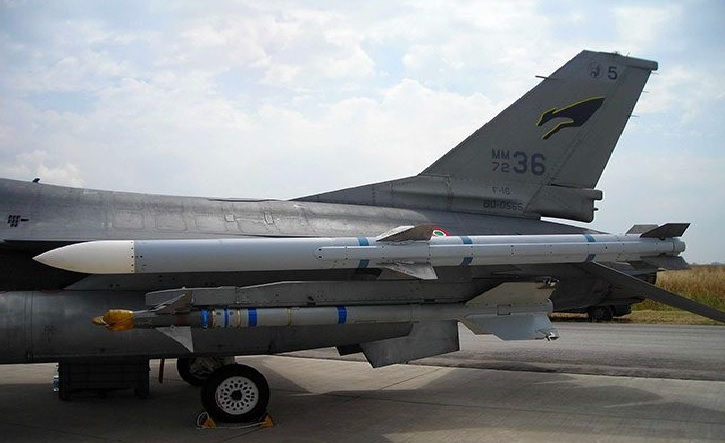90's AIM-120 Missile is Not Suitable for Intercepting Cruise Missiles - US -Bulgarian Military

Defense News ,US :- In a groundbreaking development within the US military, a comprehensive indirect fire protection initiative is underway, targeting a spectrum of threats ranging from missiles to mortar shells. At the forefront of this extensive project is the Enduring Shield air defense system, a revolutionary technology geared towards deflecting long-range cruise missiles and advanced drone threats, as reported by BulgarianMilitary.com.
The munitions slated for use in this initiative are generating considerable buzz, with the reliable AIM-9X Sidewinder being a named contender. The Pentagon is actively seeking a fitting companion for this missile and has issued a crucial request, marking the initial step in the search for a complementary missile. By 2025, they aim to finalize a supplier, potentially more than one, and plan to conduct a capability demonstration in the subsequent two years.
What adds an intriguing layer to this development is the existing partnership of the AIM-9X with the AIM-120, constituting the standard armament for all American aircraft and serving as the backbone of the NASAMS air defense system. Lockheed Martin is rumored to enter the competition, possibly with an undisclosed Rafael missile, while speculation surrounds the potential adaptation of the robust Tamir from the Iron Dome under the new name SkyHunter.
Uncertainty lingers on whether RTX (Raytheon) will participate in the selection of the second rocket, considering its victory with the AIM-9. Brigadier General Frank Lozano, the executive director of the US military’s missile and space program, suggested that the AIM-120 might not be the optimal choice for this type of air defense mechanism due to launcher capacity considerations in combating cruise missiles.
The Enduring Shield launcher, designed to house 18 AIM-9X missiles, presents a challenge if loaded with AIM-120 launchers, accommodating only six comfortably. This discrepancy prompts the US military to seek a missile that combines the capabilities of the AIM-120D while retaining the compact size of the AIM-9X.
The significance of launcher capacity becomes evident when assessing the potential target takedowns. An Enduring Shield equipped with AIM-9X-sized missiles has the capacity to engage up to 72 targets, compared to a maximum of 24 targets with AIM-120. The sheer volume of cruise missiles or long-distance missile aircraft underscores the key role played by the quantity of launch-ready missiles in an air defense system.
The AIM-9 Sidewinder and AIM-120 AMRAAM missiles are integral components of the Norwegian Advanced Surface-to-Air Missile System (NASAMS), working in tandem to provide a comprehensive air defense solution. The AIM-9 handles short-range engagements, while the AIM-120 is employed for longer-range scenarios, creating a layered defense against various aerial threats.
The dual-mode guidance capabilities of both infrared and radar systems enhance NASAMS's overall effectiveness. The AIM-9’s infrared homing tracks and engages heat-emitting targets, while the AIM-120’s radar homing engages non-visual range or low-heat targets. This versatile combination allows NASAMS to effectively cover a wide range of potential threat distances.
The AIM-120 Advanced Medium-Range Air-to-Air Missile, or AMRAAM, developed by the United States, serves as a modern, multi-purpose air-to-air weapon system. Utilized by the U.S. Air Force, Navy, and allied nations, the AIM-120 is designed for beyond-visual-range scenarios, offering a significant advantage in aerial combat


